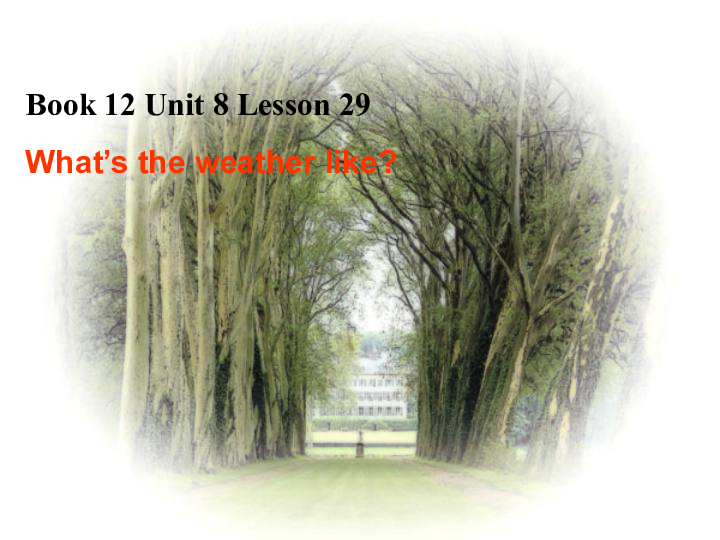Feather and Down Identification for Duvet
This article introduces a method to identify the feathers and down in a duvet using the average weight of the duvet, the weight of the cover, and the weight of the feathers and down themselves. By subtracting the weight of the cover from the total weight of the duvet, one can calculate the weight of the feathers and down, which can then be used to determine their type and quality. The article also discusses the importance of proper identification to ensure the duvet is of high quality and suitable for use.
In the world of bedding, the duvet is often a luxurious and comfortable choice. But with so many different types and qualities available, how do you know which one is right for you? This article will provide you with a comprehensive guide to feather and down identification for duvets, so you can make an informed decision about the perfect duvet for your needs.
The first step in identifying the type of down used in a duvet is to look at the product label. Here, you will find information about the type of bird from which the down was sourced, as well as the specific type of down (e.g., goose down, duck down). It is important to note that not all birds produce the same quality of down, so it is essential to research the specific bird species and their down qualities.

Once you have identified the type of down, you can then evaluate the quality of the duvet by examining its construction and materials. Look for signs of poor stitching or weak spots that may indicate low-quality workmanship. Additionally, check to see if the duvet is made from synthetic materials or a blend of natural and synthetic materials. Synthetic materials may be less expensive but may not offer the same level of comfort and warmth as natural materials.
Another important factor to consider is the fill power of the down. Fill power refers to the measure of how much space one ounce of down occupies when it is properly compressed. The higher the fill power, the better the insulation properties of the down and the more compressible it is. You can often find this information on the product label or by asking the manufacturer.
Finally, when selecting a duvet, consider your personal preferences and needs. For example, some people prefer a heavier weight duvet for colder weather, while others prefer a lighter weight option for warmer weather. Additionally, consider your budget and compare different products to find the one that offers the best value for your money.

In conclusion, feather and down identification for duvets involves researching the type of down used, evaluating the quality of construction and materials, considering fill power, and personal preferences and needs. By taking these factors into account, you can make an informed decision about the perfect duvet for your bedroom.
Articles related to the knowledge points of this article:
Jinan District Feather Duvet Wholesale Prices
Ikea vs. North Face: A Comparison of Feather Down Comforters
Goose Down Comforter Filling at DaFuYuan



